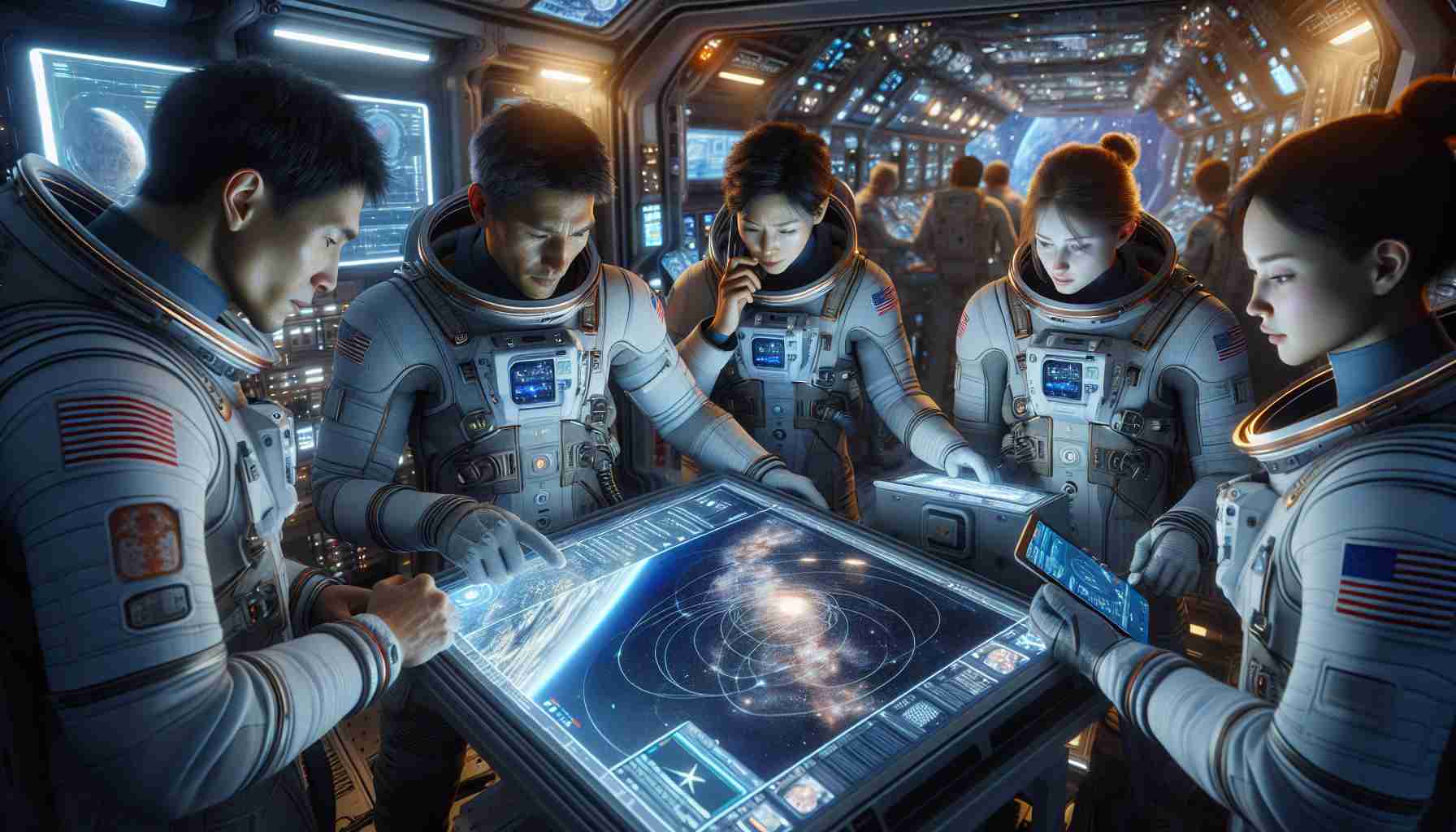
Two astronauts aboard the International Space Station, scheduled to return home, faced uncertainty due to spacecraft issues. NASA announced a review to assess the safety of Boeing’s Starliner for the journey or the potential use of SpaceX’s Crew Dragon. The fate of the astronauts, Suni Williams and Butch Wilmore, hung in the balance as technical setbacks plagued the Starliner’s mission, causing delays.
Recent developments suggested a change of plans. NASA hinted at considering the use of SpaceX’s reliable Crew Dragon to ensure the astronauts’ safe return. This shift could involve reconfiguring a routine mission to accommodate Williams and Wilmore, extending their space stay by six months. Such alterations could delay their return until February 2025, leaving Starliner’s fate uncertain.
Challenges with the Starliner’s thrusters complicated the situation. Five out of 28 thrusters malfunctioned during the test mission, prompting an extended stay for the astronauts. Ground tests simulating in-flight thruster issues pointed to potential causes related to heat and seal degradation. Despite ongoing investigations, the risks associated with the spacecraft’s return remained unclear.
The future remains uncertain as NASA navigates the complexities of space travel. Decisions regarding spacecraft certification for human flights and managing technical difficulties will determine the astronauts’ safe journey back to Earth. The interplay between technology, safety, and exploration underscores the ongoing quest for understanding space travel complexities.
A New Frontier: Space Travelers Prepare for Unprecedented Expedition
As the space exploration community eagerly anticipates the next mission, new facts have emerged that shed light on the evolving narrative of space travel. The upcoming expedition, led by two resolute astronauts set to embark on an unforeseen journey, has sparked intriguing questions and compounding challenges that demand attention.
Key Questions:
1. What new technology advancements are driving the decision-making process for selecting spacecraft for the mission?
2. How will extending the astronauts’ stay in space impact their physical and psychological well-being?
3. What are the implications of potential delays in the return of the astronauts for future space missions?
Answers to the Questions:
1. The decision to potentially utilize SpaceX’s Crew Dragon over Boeing’s Starliner signifies a shift towards prioritizing reliability and safety in space travel endeavors.
2. Extending the space stay by six months may offer valuable scientific data on prolonged space habitation but also presents challenges regarding resource management and crew fatigue.
3. Delays in the astronauts’ return could affect overall mission timelines, resource allocation, and spacecraft utilization for future expeditions.
Key Challenges and Controversies:
– Balancing the need for timely return with ensuring spacecraft safety amidst technical setbacks.
– Mitigating risks associated with spacecraft malfunctions to guarantee a secure journey back to Earth.
– Addressing the potential strain on crew members due to prolonged space missions and uncertain return dates.
Advantages and Disadvantages:
Advantages:
– Enhanced safety protocols and technology advancements could lead to more reliable missions.
– Extending space stays may provide valuable insights for future long-duration space travel endeavors.
Disadvantages:
– Delays and uncertainties surrounding spacecraft selection and mission timelines could impact overall mission success.
– Long-duration space missions pose challenges related to crew health, resource management, and psychological well-being.
In conclusion, the unfolding expedition represents a pivotal moment in space exploration, underscoring the intricate balance between ambition and caution in our quest to unravel the mysteries of the cosmos. As NASA navigates through the complexities of space travel, the decisions made in the coming days will reverberate throughout the interstellar landscape, shaping the future of human exploration beyond Earth’s bounds.
NASA’s official website provides further insights into the latest developments in space exploration and upcoming missions.



